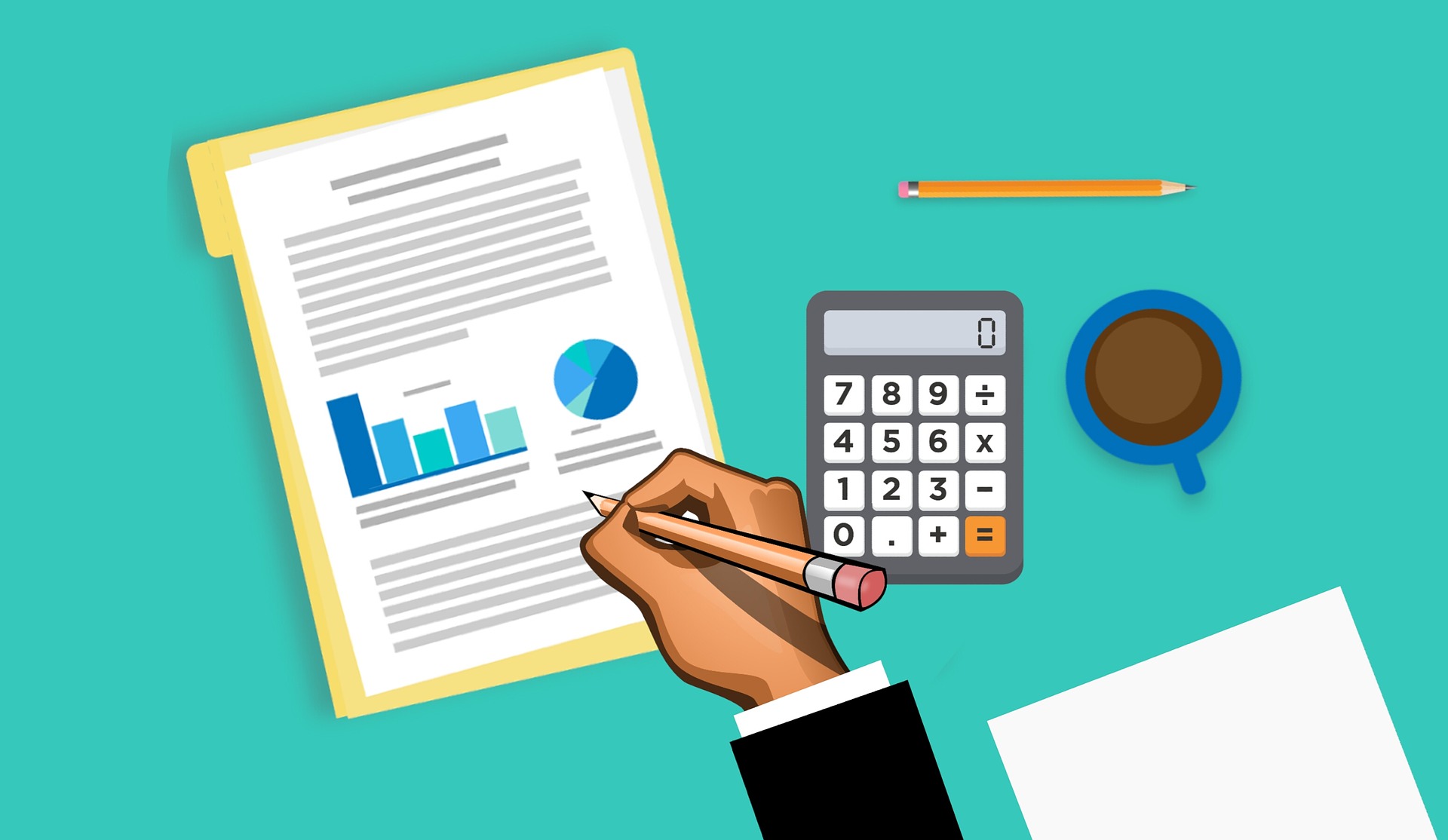QuickBooks is a widely used accounting software for small and medium-sized businesses. The software is constantly evolving, with regular updates released to improve functionality, fix bugs, and enhance security. As a QuickBooks user, it is important to keep your software up-to-date with the latest release. Updating your QuickBooks desktop is a simple process that ensures that you are using the latest version with all the latest features and fixes. In this article, we will take you through the steps to update QuickBooks desktop to the latest release.
Step 1: Check your current QuickBooks version
Before updating QuickBooks desktop to the latest release, you need to check which version you are currently using. To do this, open QuickBooks and click on the Help menu in the top menu bar. Select “About QuickBooks” from the dropdown menu. This will open a window that displays your current version and release.
Also Read: Create Backup of your QuickBooks Desktop Company File
Step 2: Download the latest QuickBooks release
Once you have checked your current QuickBooks version, visit the official QuickBooks website and download the latest release. If you have an active QuickBooks subscription, you can download the latest release directly from within the software. In this case, click on the Help menu in the top menu bar, select “Update QuickBooks Desktop,” and follow the prompts.
Step 3: Install the latest QuickBooks release
Once you have downloaded the latest QuickBooks release, you need to install it. Double-click on the downloaded file to start the installation process. Follow the on-screen instructions to complete the installation. During the installation process, you may be prompted to restart your computer. If this happens, save any open files and close all applications before restarting your computer.
Step 4: Update your company file
After installing the latest QuickBooks release, you need to update your company file to ensure that it is compatible with the latest release. To do this, open QuickBooks and select your company file. QuickBooks will automatically prompt you to update your company file. Follow the prompts to complete the update process.
Step 5: Check for any data issues
Before using your updated QuickBooks desktop, it is important to check for any data issues. To do this, run the Verify Data utility. This utility checks your company file for any data issues and alerts you to any problems that need to be fixed. To run the Verify Data utility, open QuickBooks and click on the File menu in the top menu bar. Select “Utilities” and then “Verify Data.” Follow the prompts to complete the verification process.
Step 6: Run the QuickBooks desktop sync manager
Finally, you need to run the QuickBooks desktop sync manager to ensure that your data is synced between your desktop and other devices, such as your mobile device. To run the sync manager, open QuickBooks and click on the Help menu in the top menu bar. Select “Sync Manager” from the dropdown menu. Follow the prompts to complete the sync process.
In conclusion, updating QuickBooks desktop to the latest release is a simple process that can be completed in just a few steps. By keeping your software up-to-date, you can take advantage of all the latest features and fixes, while also ensuring the security and stability of your accounting system.
Also, learn to Upgrade QuickBooks 2019 to 2022






